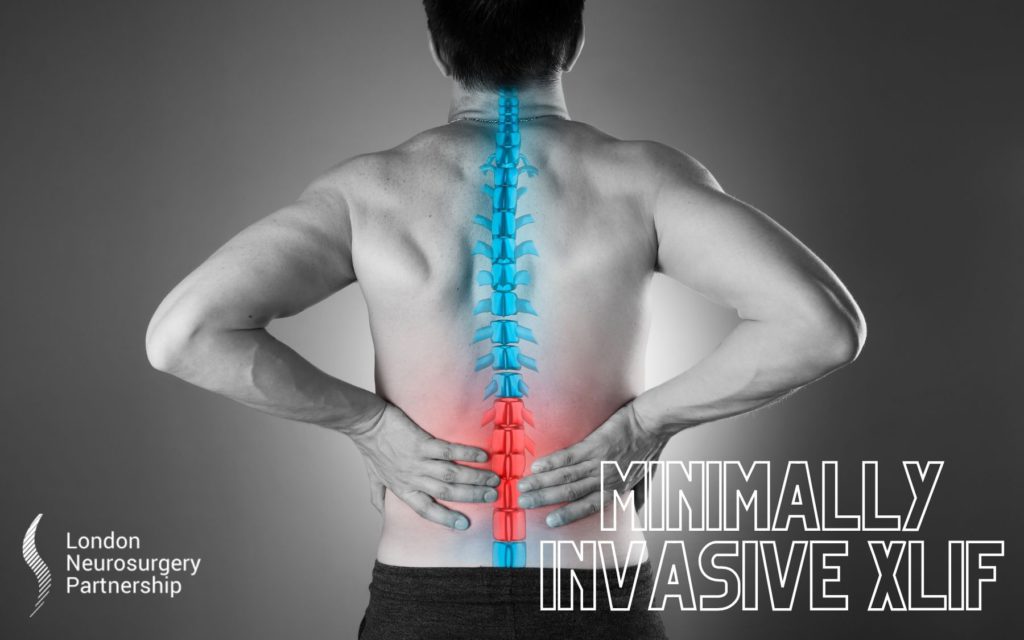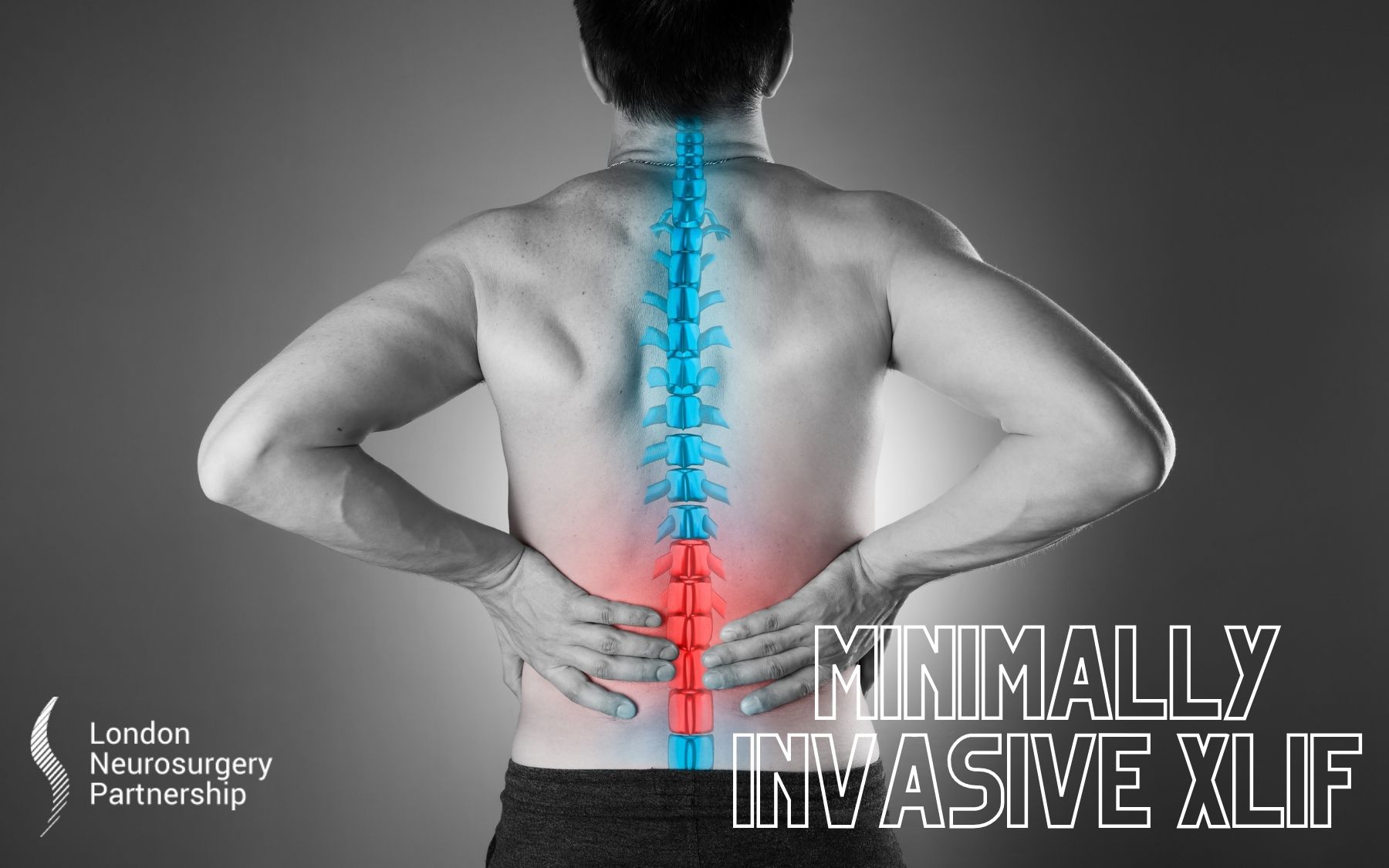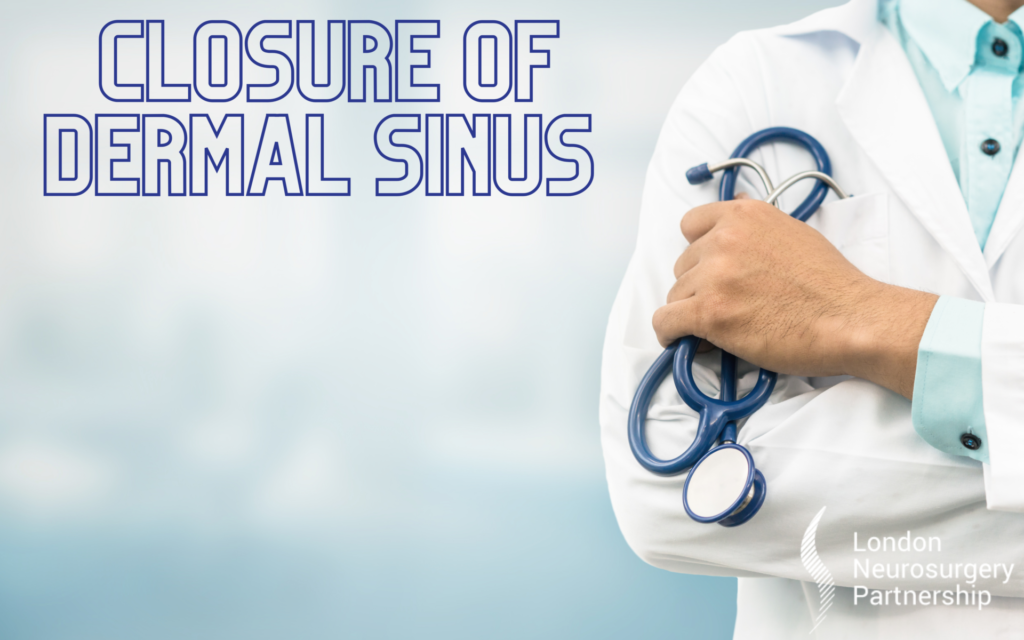
A minimally invasive XLIF or just XLIF is a lateral (from the side) approach to spinal fusion surgery. XLIF stands for eXtreme lateral interbody fusion. So what does the procedure involve?
The background
The human spine is made up of 24 bones, called vertebrae, which are stacked on top of each other from the neck, through the thoracic spine into the lumbar spine and sacrum. These vertebrae are connected by facet joints which allow the spine to move. Between each pair of vertebrae is a disc made of a tough, fibrous outer layer and a soft, gelatinous inner layer. Each of these vertebrae has an opening on each side to allow nerves to exit the spinal cord and serve the rest of the body.
There are many causes of spinal problems which can generally be symptoms related to bones, discs or ligaments compressing the nerve roots or spinal cord. These can include:
- Degenerative disc disease
- Spondylolisthesis
- Spinal stenosis
- Disc prolapse
The XLIF procedure
The minimally invasive XLIF is a procedure performed via a small incision on the on the side of the body. It is a procedure done with the aim of treating symptoms of nerve compression caused by herniated discs or slipped bones such as leg pain, numbness, tingling, weakness. It is often done in conjunction with neuromonitoring to monitor function in real time during the operation. During the minimally invasive XLIF procedure the surgeon accesses the spine from the side, laterally, without any incisions on the back or front of the patient.
During the procedure the, once the spine is accessed, the surgeon will remove the offending disc to release the nerves and replace it with a spacer. They will then fix the spine in place with rods and screws and may add some bone graft to encourage fusion of the two segments.
After surgery you will be monitored for a couple of days in hospital before you return home. You will be given instructions on when you can return to normal activities – usually within 6 weeks with a gradual increase in activity over this time.
The benefits of an XLIF include a smaller incision, reduced blood loss, reduce operative time, reduced hospital stay and a more rapid recovery.
It is important to discuss all options with your surgeon as this procedure may not be suitable for everyone – make sure you ask all the questions you have and fully understand the risks and benefits.
This article is intended to inform and give insight but not treat, diagnose or replace the advice of a doctor. Always seek medical advice with any questions regarding a medical condition.






0 Comments